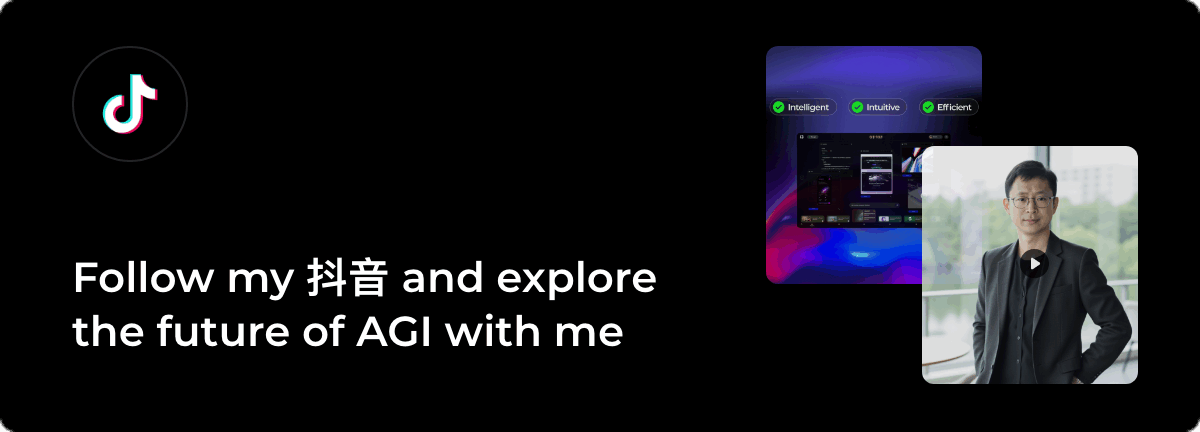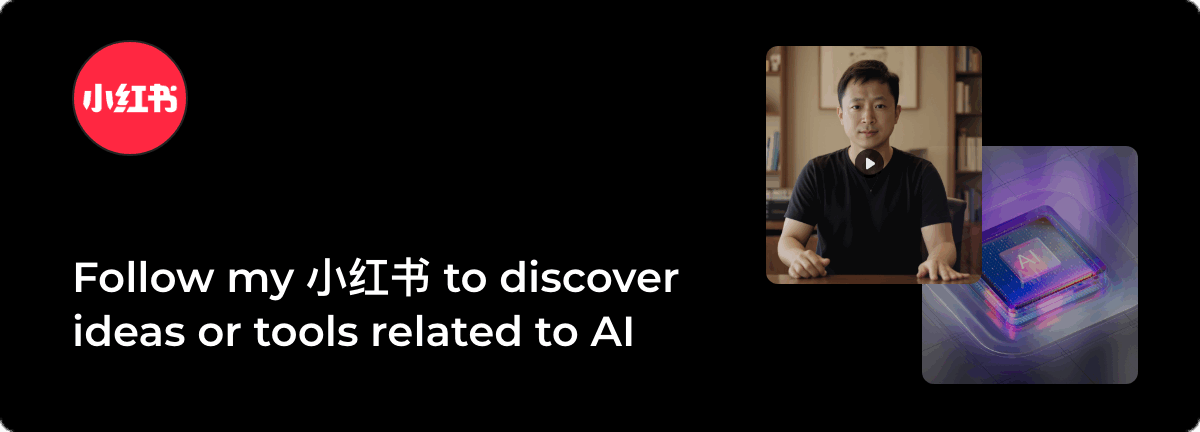As someone deeply immersed in the world of AI, I’ve been reflecting on how AI Automation might evolve in 2025, especially with the integration of multimodal capabilities. AI Automation isn’t a new concept, but when you combine it with multimodal abilities, it’s a game-changer—taking AI from being just a “tool” to becoming a true “partner.”
Multimodal AI Automation?
In simple terms, it’s a system that combines different types of data processing (like text, images, audio, video, etc.) with automation workflows. In the past, automation was limited to text-based inputs or rigid processes. But with multimodal AI, you could give instructions via voice, control it with gestures, or upload an image or sketch, and the system would understand and execute your task. Sounds futuristic, right? Yet by 2025, this technology could be commonplace and completely transform how we work.
1: Full-Process Automation and the Rise of the “All-in-One Assistant”
The future of multimodal AI Automation isn’t about excelling at one specific task—it’s about handling entire workflows. From brainstorming ideas to execution, tweaking details, and finally publishing, it will even provide optimization suggestions along the way.
For example, the INONX AI platform I’m building aims to achieve this very goal: users can simply share a rough idea, like “design a new product page,” and the AI will not only create drafts but also adjust colors and layouts based on voice or gesture input, ultimately exporting usable code and design resources. This is the true essence of “one-person automated work.”
2: Personalization and Predictive Abilities – From Reactive to Proactive
By 2025, multimodal AI will become smarter, going beyond executing commands to anticipating your needs. For instance, when you open your AI system, it could already have a prioritized to-do list, market analysis, or even a rough draft of a presentation ready for you.
Multimodal capabilities will also enable AI to better understand complex contexts. Imagine uploading a recording and a picture—AI could analyze their relationship and generate a PowerPoint or video material, rather than processing them as isolated inputs. This will make work interactions smoother and more intuitive.
3: Multimodal Automation Integrating into Everyday Life
In the future, multimodal AI Automation won’t just serve work—it will blend seamlessly into our daily lives. For example, smart homes will gain true “thinking” abilities, where you can issue commands through a phrase, gesture, or image, such as adjusting lighting, playing music, planning a party, or even generating and ordering a shopping list.
We’re moving toward an era of “everything can be automated,” whether it’s meeting notes, study summaries, fitness plans, or even social interactions. Multimodal AI Automation will assist across all aspects of life.
4: Expandable AI Ecosystems
I believe multimodal AI Automation will evolve from isolated solutions into an expandable ecosystem. Individuals will be able to add or adjust functional modules based on their needs. For example, designers might focus on tools for automating image and video creation, while programmers would rely more on code generation and logic optimization modules.
AI will become a “customized partner,” where everyone’s AI is unique but perfectly tailored to their needs.
Challenges and Considerations
Of course, there are challenges that need to be addressed. For instance, multimodal understanding needs to deepen, especially in linking semantics with visual information. Additionally, as automation processes grow stronger and rely more on user data, data privacy and security become critical concerns. Lastly, making these systems simple and efficient while ensuring accessibility for everyone will be an ongoing area of optimization.

Future Outlook: A New Era of Human-AI Collaboration
I’m confident that 2025 will mark the year multimodal AI Automation truly “takes off.” The shift will be from “instruction-based” interactions to “collaborative” partnerships, from “human execution” to “AI-driven leadership.” In the future, AI won’t just be our tool—it will be our partner, creative assistant, and even a source of inspiration.
For independent entrepreneurs, content creators, and freelancers, this trend means less time spent on repetitive tasks and more time to focus on creativity and innovation.
As for me, I’m fully committed to driving this vision forward through the INONX AI platform. By integrating multimodal capabilities and automation, I hope to help more people experience the practicality and magic of AI. The future isn’t just about advancing technology—it’s about transforming our way of life.
These are some of my forward-looking thoughts, and I hope they resonate with you. What are your expectations for AI Automation in 2025? Let’s discuss!





